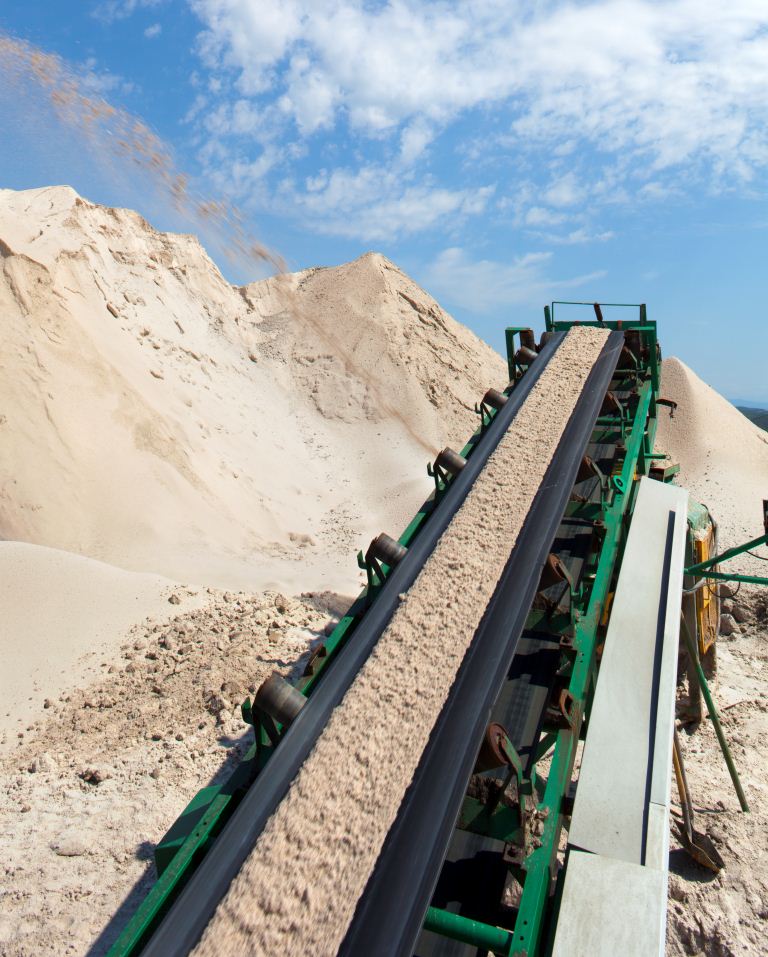Water & Wastewater
Water is the most widely consumed natural resource and the single most essential foundation of our existence. Clean, safe drinking water is scarce. Less than one percent of the water on earth is available for human consumption.
Several of ICL’s major production sites are located in water-stressed regions. Water conservation is, therefore, an inherent part of ICL’s business culture. The company continuously strives to decrease its use of water, especially potable water. Where possible, our production sites use brackish water for production processes or other water not suitable as potable water.
ICL expects its water consumption to increase somewhat in the next few years, as major production facilities place new air emission filters and scrubbers that require water as part of their standard operation.
Note: In the charts below, 2008 appears as the base year used by ICL to measure our long-term performance (in addition to short-term, year by year performance).
Potable water consumption including grid/tap water and potable well water
Non-Potable water consumption including: brine, brackish water, sea water, river water and rainwater
Note: All figures exclude annual water withdrawal from the Dead Sea, which is regarded as raw material. Read more
The overall global ICL water consumption (potable + non-potable) remained almost identical between 2018 and 2019 (-0.3%). Several ICL sites in Israel, U.S.A and China managed to reduce their potable water consumption in 2019, resulting in a total decrease of 4% in this consumption. This was countered however by a 1% overall increase in non-potable water consumption (specifically, brackish well-water) for the needs of the new Sdom power plant (for which 2019 was the first year of full operation). This has also caused an increase in the non-potable water consumed per Potash production, see below.
Water consumption per tonne phosphate
Water consumption per tonne Potash
Wastewater
The total global ICL wastewater output decreased by 5% in 2019 VS 2018. The reduction was mostly derived from two sites. ICL Rotem Zin had a significant reduction in its activity in 2019, resulting in less wastewater output (and also in a reduction in wastewater per Phosphate output, see below). ICL Iberia Suria also decreased its wastewater outputs, resulting in a decrease in wastewater output per Potash output.
Previously, a 9% increase occurred in the amount of wastewater in 2017 compared to 2016, due to an increase in runoff (rainwater) measured and released into the sea at ICL UK Boulby. The inclusion of YPH JV in 2016 in our scope of reporting did not create major fluctuations in our wastewater quantities due to its “zero discharge” policy.
Wastewater discharge
Wastewater & effluent treatment in ICL Rotem
ICL Rotem is implementing a master plan for wastewater treatment, with the principal goal of reducing effluent quantities, converting some effluents into products, wastewater recycling, reducing water consumption, treatment/neutralization of wastewater and restoration of the wastewater ponds. The plan now includes additional wastewater streams, created by the air emission purification processes required by the Israeli Clean Air Law.
Read MoreZero Discharge @ YPH JV
Since 2009, YPH has conducted a major project designed to eliminate all wastewater output. This “zero discharge” has been achieved via cascade and grade utilization, recycling collection, reuse systems and other actions. Despite the addition of ICL China YPH JV- to our reporting scope in 2016, total ICL wastewater amounts remained almost the same in 2016-2017 compared with 2015. This has also enabled a significant decrease in wastewater intensity resulting from phosphate production.
For more details on the specific wastewater streams of ICL sites and regions, see pp 85-89 in ICL’s 2019 Annual Report.
Wastewater per product






